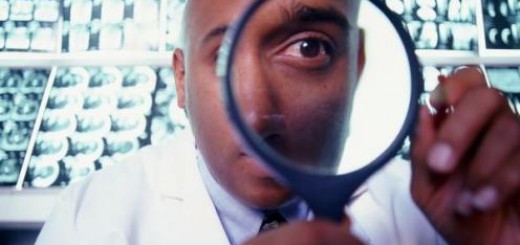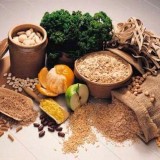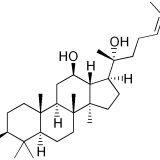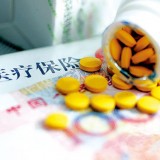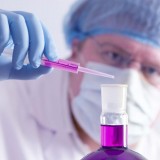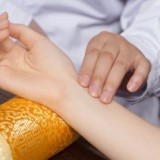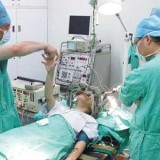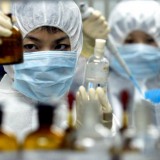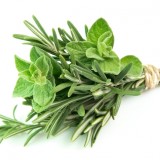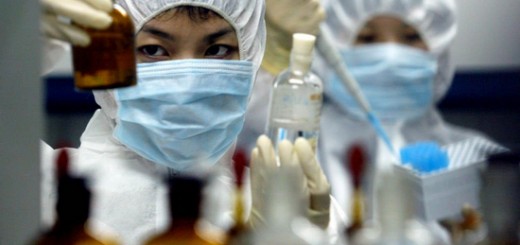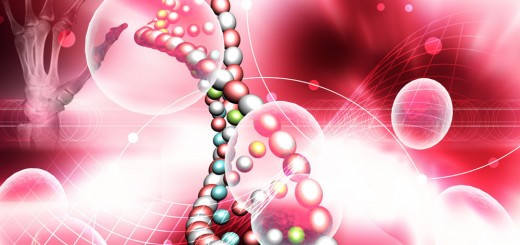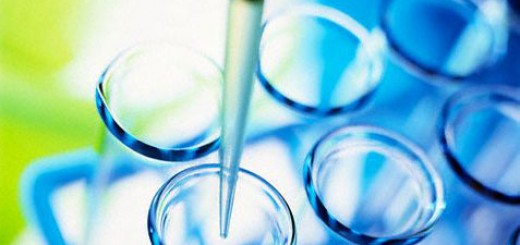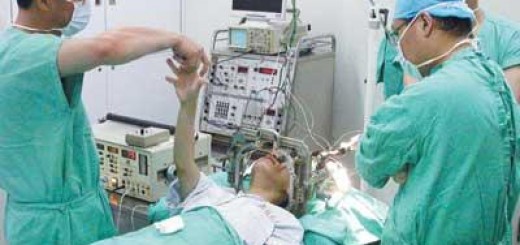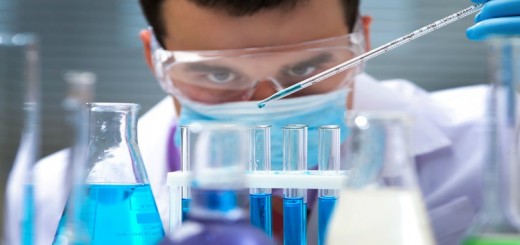Dammarane saponins and its end metabolites dammarane sapogenins are major active ingredients in Panax ginseng and P. notoginseng. Pharmacological studies have demonstrated that dammarane sapogenins are 2-10 times as active as their progenitor saponins.
During the metabolism of ginsenosides, glucose moieties on the side chain are gradually cleaved, and pharmacological activity increases correspondingly, but the water-solubility decreases, with the least water solubility for dammarane sapogenins. The aqueous GI environment makes the water-insoluble dammarane sapogenins difficult for absorption. Therefore, it is the research focus for scientists to find an effective drug delivery method.
There are a number of drug preparations of ginseng in the market, including dried slice, powder or capsule, softgel and dripping pill; however, their human responses vary to a large degree. The advantages and disadvantages of common preparations of ginseng products are therefore elaborated here:
- Slices of dried ginseng: Ginseng slices are usually infused in hot water or steamed before ingestation. However, the active ingredients in ginseng slices are hardly released, and only 1-2% of its active ingredients is dissolved, and 5% of which are eventually absorbed. As a result, only a tiny amount of ginsenosides enter the blood, and the blood concentration is extremely lower than its therapeutical one. Therefore, the ginseng slice can be used, at most, for health promotion purpose only, and its therapeutical effect is negligible.
- Powder or poweder in capsule: Most ginseng products in the market are in powder form and powder in capsule. If the raw ginseng is directly ground into powder, the active ingredients account for only 5% of the dry weight. Taking into the bioavailability as low as 5% in the GI tract, the amount of ginsenosides (ideally, 0.25% of dried ginseng) which enter into the blood is still not adquate enough to achieve noticeable pharmacological response. Some ginseng capsules contain extracted ginsenosides with their purity up to 30%. Without creative formulation technology, ginsenosides in powder form are poorly absorbed in the GI tract, and only 5%-10% can enter the blood, which is converted to 1.5%-3% of total ingested dose.
- Softgel: Ginseng products in this preparation form usually contained purified ginsenosides (dammarane saponins) or dammarane sapogenins, and their purity can reach as high as 70%. To prepare softgels, oily reagents or chemicals are used to increase the solubility of ginsenosides or dammarane sapogenins so as to promote their absorption in the GI tract. It’s reported that this drug preparation can increase the bioavailability of dammarane sapogenins up to 20%-40%, therefore, up to 15%-25% of ingested dose can appear in blood, making this a good drug delivery method for treatment purpose. Unfortunately, most ginseng softgels give rise to a high adverse effect rate, especially for GI symptoms.
- Fast-releasing dripping pill: The drug solubility and drug particle size are two limiting factors for drug absorption. Dripping pill preparation takes advantage of solid dispersion and cosolvency technologies. First, through solid dispersion technology, purified active dammarane sapogenins are embedded in water-miscible matrices in a molecular form. Then, dammarane sapogenins can rapidly release and dissolve in aqueous environment with the help of water-soluble matrices (Cosolvency). The dissolved dammarane sapogenins come in contact with cell membrane of mucosal epithelia and readily penetrate through cell mebrane and enter blood due to its affinity for lipid membrane. The dripping pills of dammarane sapogenins feature rapid-release, better absorption and higher efficacy. Studies have confirmed that the bioavailabiliy of dammarane sapogenins in dripping pills can be as high as 40%-50%, and satisfactory clinical response is widely recognized by health professionals. Also, compared with softgels, the dripping pills usually come with less side effects.
Through above comparison, some conclusions can be made:
- Ginseng slices and powder capsules, taken daily, can be used only for health promotion but not for therapeutical purpose.
- Softgel or dripping pill preparation, if taken in adquate dose solely or in combination with other drugs, can accomplish its therapeutical effects so as to treat some health problems.
















